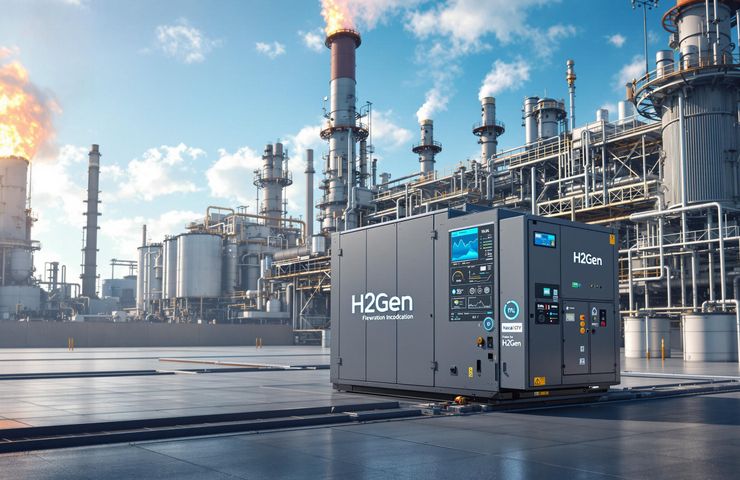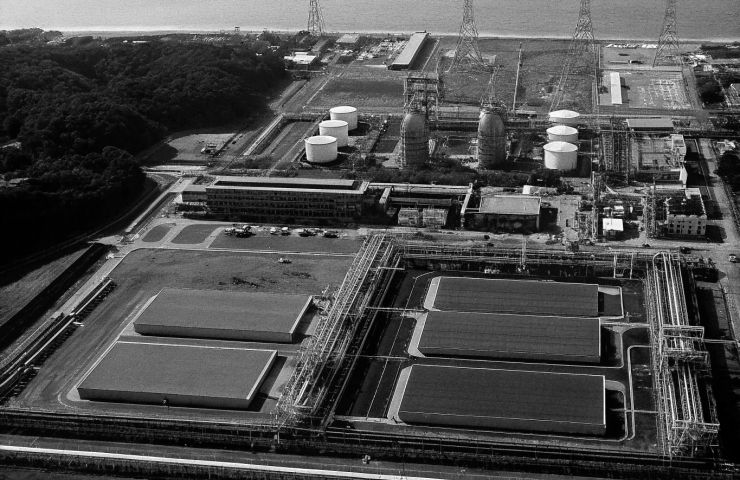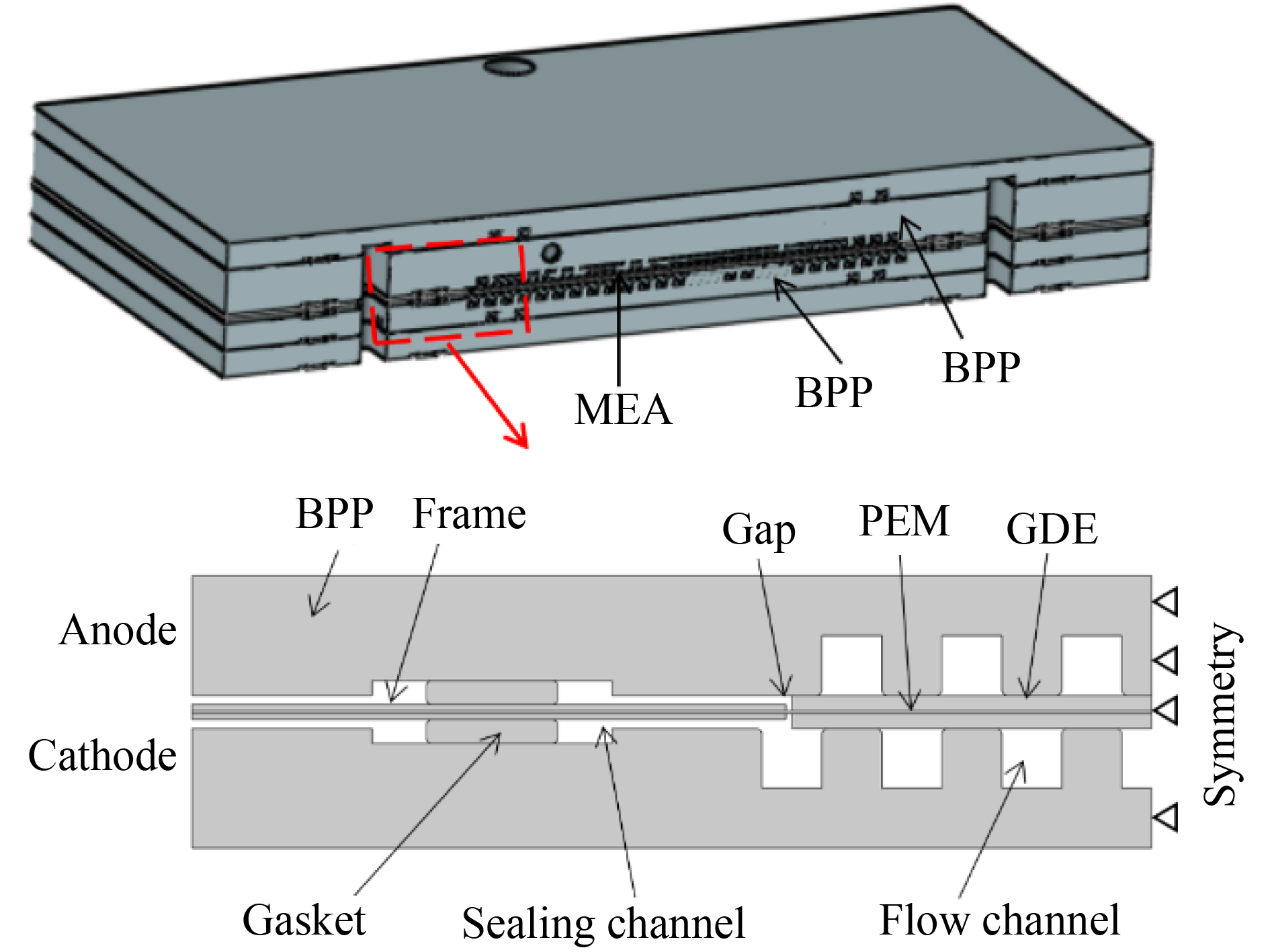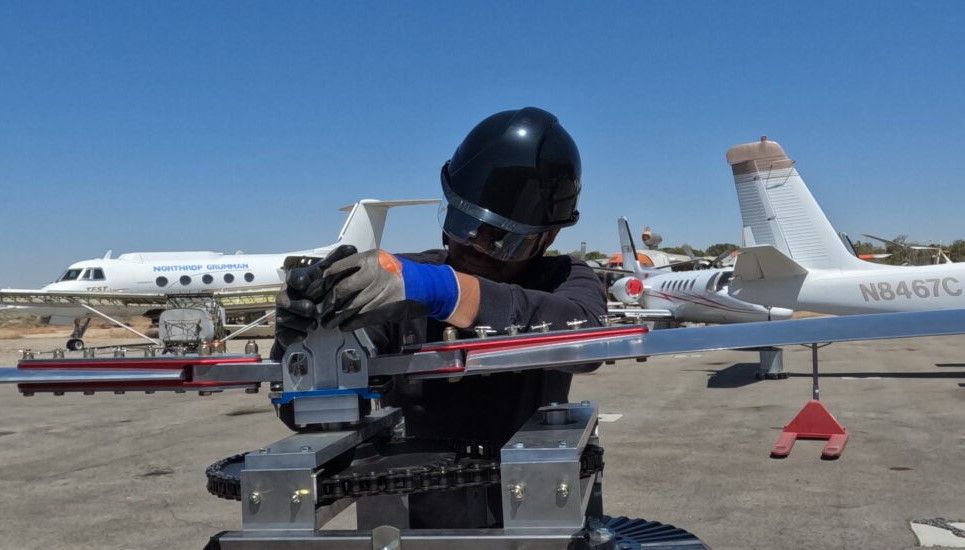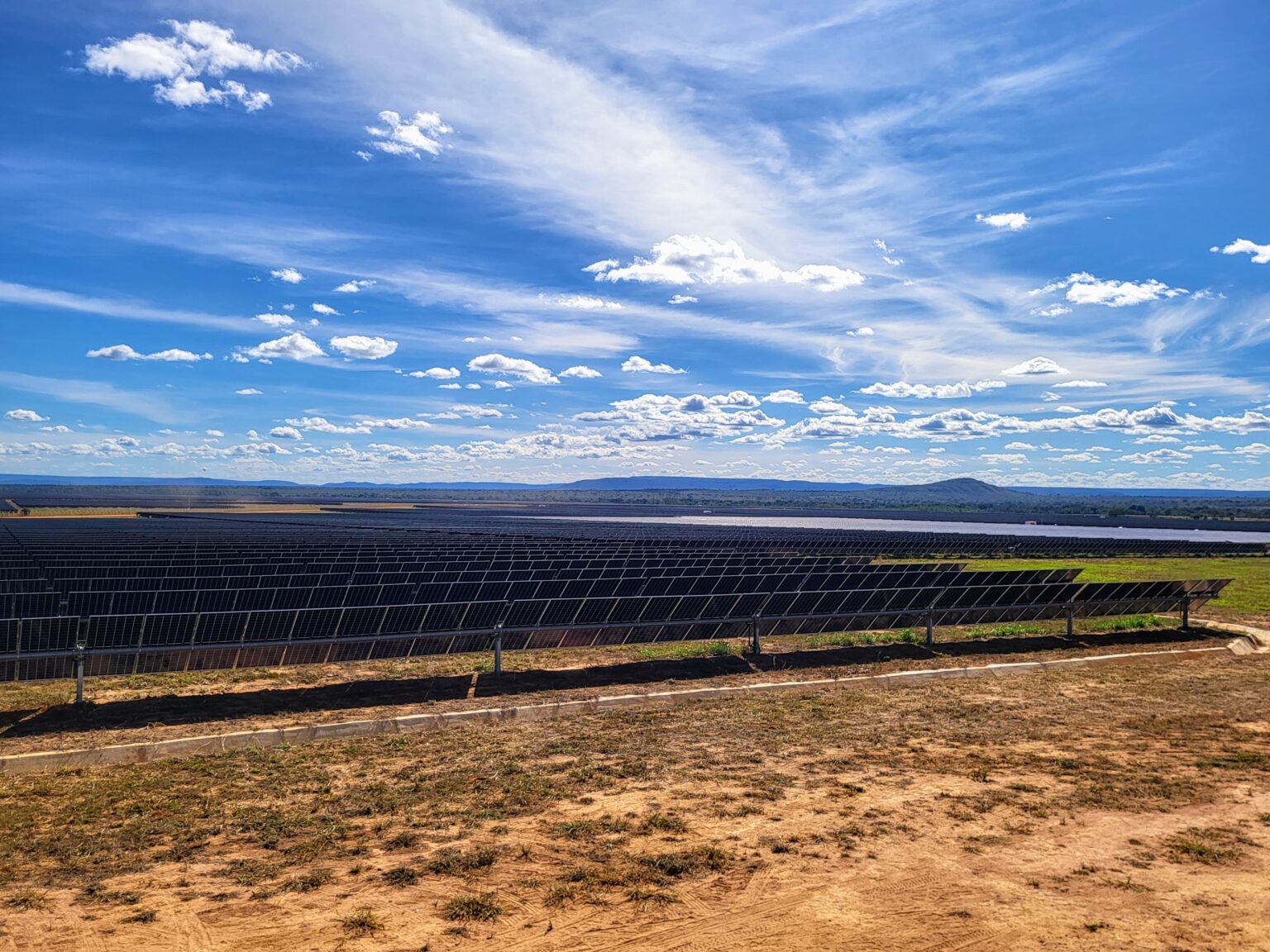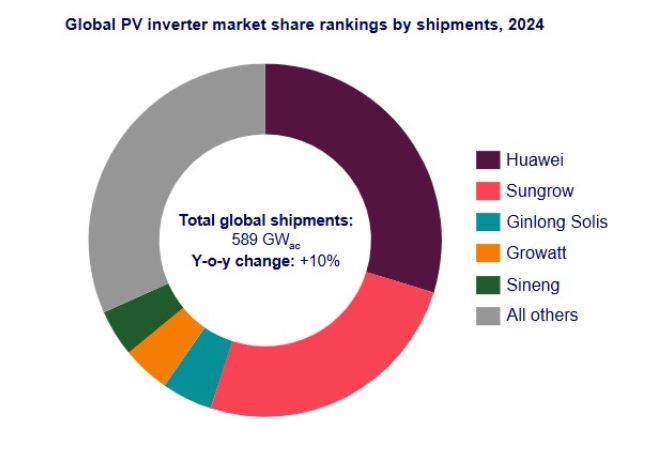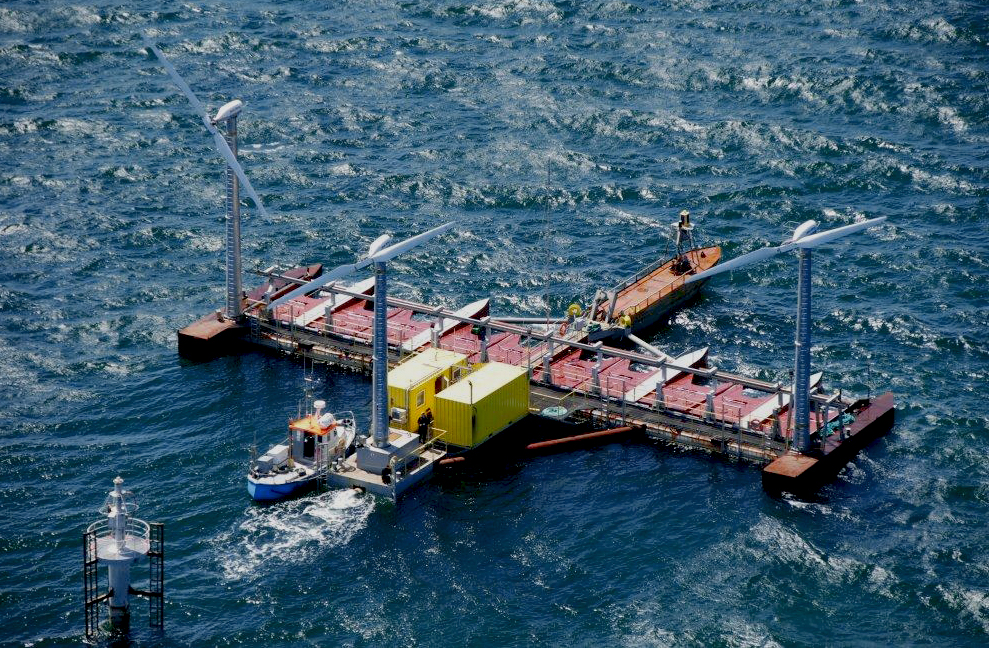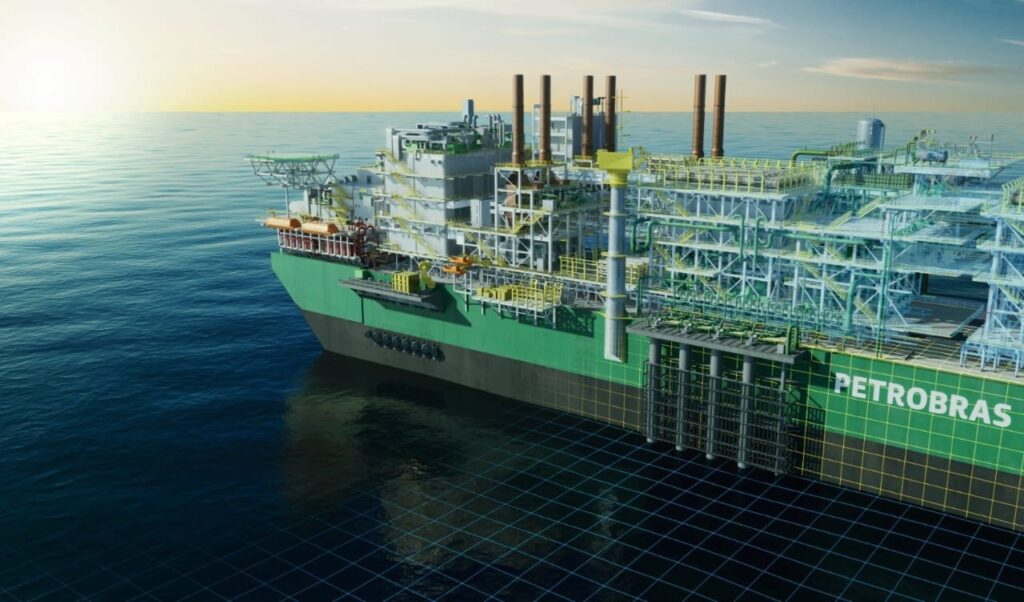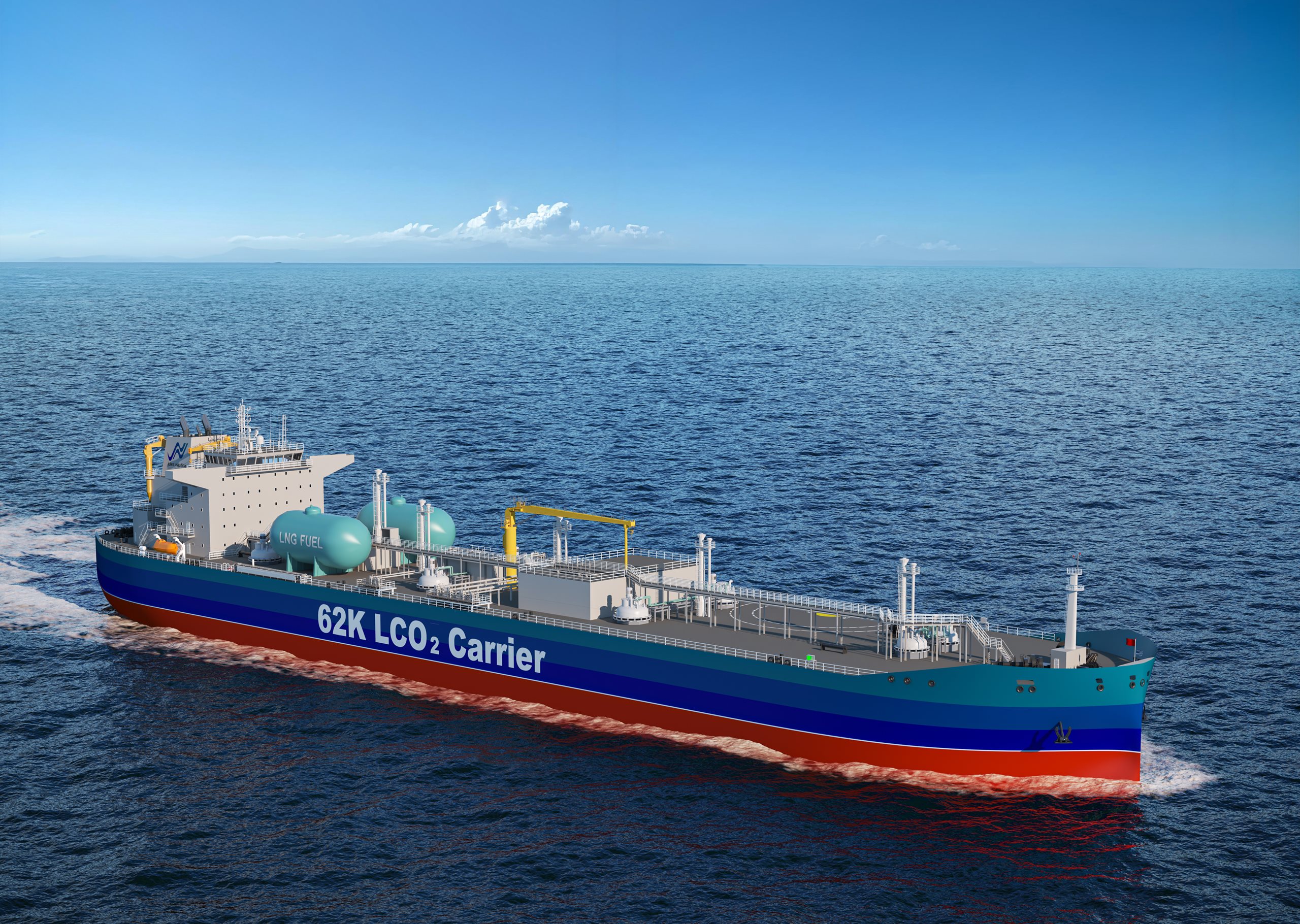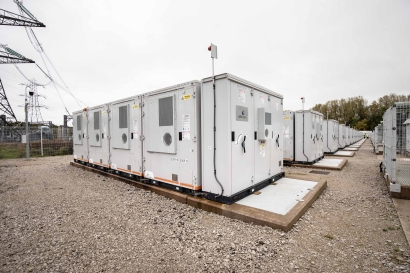From Oil and Gas Platforms to Offshore Wind Structures: New Research Funded To Inform The Future of “Marine Artificial Structures”
A new £5.6 million Plymouth Marine Laboratory led research project, ValMAS (Value of Marine Artificial Structures) is set to transform how offshore structures are managed across their lifecycle. Co-funded by the Natural Environment Research Council (NERC) and the industry-sponsored INSITE Programme, the project sets out to gather evidence on how marine artificial structures, like offshore […] The post From Oil and Gas Platforms to Offshore Wind Structures: New Research Funded To Inform The Future of “Marine Artificial Structures” appeared first on Marine Energy Wales.


A new £5.6 million Plymouth Marine Laboratory led research project, ValMAS (Value of Marine Artificial Structures) is set to transform how offshore structures are managed across their lifecycle.
Co-funded by the Natural Environment Research Council (NERC) and the industry-sponsored INSITE Programme, the project sets out to gather evidence on how marine artificial structures, like offshore oil, gas and wind energy infrastructure, impacts the ocean environment, society and the economy.
Marine artificial structures can have considerable impacts throughout their entire lifecycle, from early testing and construction to long-term use and decommissioning. As demands on marine space grow, this large-scale development is likely to result in environmental, social and economic trade-offs. While marine artificial structures can create new habitats, support carbon capture in the ocean, and boost marine biodiversity, they may also introduce risks that are not yet fully understood.
Despite the existence of scientific tools, data, and models related to natural capital and marine artificial structures, their access and use remains limited. ValMAS seeks to bridge this gap by converting existing knowledge into practical, values-led strategies that can be adopted by stakeholders across sectors. Drawing on the expertise of 19 researchers at Plymouth Marine Laboratory, spanning marine ecology, social science, remote sensing, and systems modelling, the project is supported by a broad alliance of over 20 partners from academia, government, NGOs, and industry, including Marine Energy Wales. This collaborative approach ensures a well-rounded foundation for shaping the future management of offshore infrastructure.
The ValMAS project will:
- Map the MAS landscape to identify research gaps and build a collaborative Community of Practice.
- Develop a robust Natural Capital framework, integrating ecological, economic, and social values.
- Model future scenarios under climate change to quantify changes in biodiversity, fisheries, and carbon sequestration.
- Assess public perceptions and economic trade-offs to ensure a fair and inclusive energy transition.
- Create state-of-the-art Decision Support Tools (DSTs) for use by policymakers, regulators, and industry stakeholders.
The project will begin in August 2025 and run for four years.
Professor Nicola Beaumont who is leading the project, said:
“Thousands of artificial structures have been installed in the marine environment, and many more are on the horizon as part of the UK’s transition to a clean energy future.”
“VALMAS will give policymakers and industry the tools they need to make informed decisions that align with both net zero targets and nature recovery goals.”
“This is not just about infrastructure. It’s about people, nature, and building a future where sustainable energy systems work in harmony with marine life.”
Tracy Shimmield, Director of Research and Skill at the Natural Environment Research Council (NERC) said:
“NERC is delighted to announce the launch of ‘The Value of Marine Artificial Structures (ValMAS)’ programme, which seeks to inform nature positive policy solutions for the management of all life stages of Marine Artificial Structures (MAS). The ValMAS project, which is cofounded with industry, builds on the work achieved by the INSITE programme. It will deliver evidence of the interplay between the ecological, economic and social values of MAS, to build a better understanding of their environmental value across sectors in the North Sea. Evidence generated will inform decision making on the best outcomes for the environment when it comes to decommissioning.”
The Industry Executive Committee of INSITE added:
“At a critical time in the energy transition of the North Sea, the ValMAS project aims to consolidate our understanding of the role marine artificial structures play for our environment, economy and society, equipping us with the necessary tools to support sustainable, nature-positive marine management and decommissioning practices for the decades ahead.”
The post From Oil and Gas Platforms to Offshore Wind Structures: New Research Funded To Inform The Future of “Marine Artificial Structures” appeared first on Marine Energy Wales.
What's Your Reaction?






















